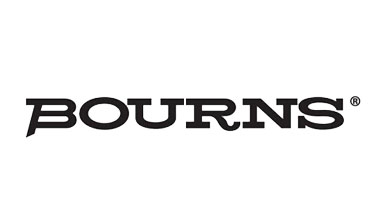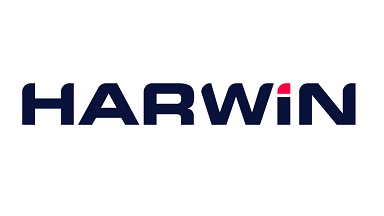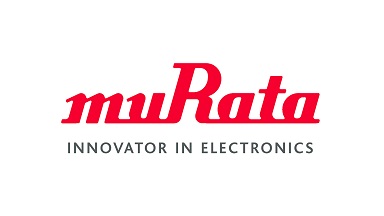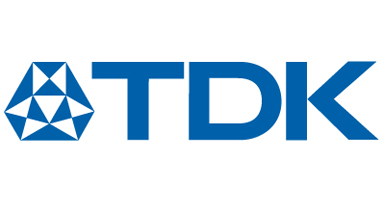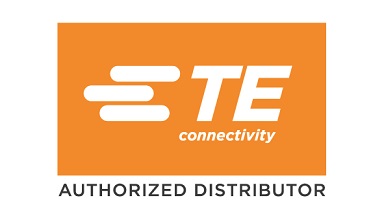Digitalisation and connectivity are forging new avenues for automation within the manufacturing industry under the banner of Industry 4.0. Through the IoT, devices, machinery, and systems are now interconnected, capturing a vast amount of machine-generated data. Digital twins, replicas of physical assets within the factory, enable their simulation, control, and enhancement. These digital twins represent products, machines, and their components as digital models, incorporating all geometry, kinematics, and logic data. McKinsey estimates that manufacturers utilising digital twins can boost their revenue by up to 10 percent, enhance product quality by up to 25 percent, and reduce time to market by up to 50 percent. By merging digital twins with Metaverse applications such as Virtual Reality (VR), industrial enterprises can create simulated worlds that precisely model the operational environment for forward-looking decision-making.
Applications in Industrial Automation
The introduction of the Internet of Things in manufacturing and industrial processes elevates the possibilities of connectivity and the resulting benefits to a new level: Better-coordinated production steps lead to significant time savings and, thus, higher productivity. Digital twins can be based on a broader data foundation and replicate their real counterparts more accurately and realistically. Decisions can be made much faster and on a broader basis with the help of intelligent machines and their access to extensive data volumes. Reactions to disturbances within the production process and external problems, such as disruptions in the supply chain, can be made almost in real time.
The applications of the Internet of Everything in the industry are diverse:
- Predictive Maintenance: Through the continuous monitoring and analysis of machine parameters such as temperature, vibration levels, noise development, speed, and operating time, it is possible to determine when damage and, subsequently, an unplanned shutdown will occur and when maintenance is required. According to a Deloitte study, manufacturers can increase the uptime of their equipment by 20 percent, reduce maintenance costs by 10 percent, and cut maintenance scheduling time by 50 percent through predictive maintenance.
- Quality Control: Sensors on the production line, quality control systems, employee feedback, and customer reviews can be merged and analysed in the IoT. Based on this, production processes can be adjusted, or the product design can be changed.
- Health and Safety of Workers: Wearables and sensors monitor the vital parameters of employees. Analysing this data can help detect when an employee becomes inattentive or the workload is too high. Accordingly, production plans can be dynamically adjusted, production processes adapted, or employees alerted.
- Human-Machine Collaboration: Cobots can anticipate the following command from a human by analysing various interaction possibilities such as gestures, speech, eye movements, and brain activity. Recognising intention allows for a more natural interaction and significantly more efficient collaboration.
Sensing as the basis of the Industrial IoT
Intelligent, connected sensors form the technical foundation of the Internet of Things. In the industrial environment, they must meet exceptionally high robustness, size, power consumption, and reliability requirements. There is also a trend towards digital output sensors that deliver easily communicable data directly from the source. Depending on the application, data collection focuses on real-time capability, application-specific key performance indicators, expectations of the sensor's battery life, and integrated edge computing capabilities.
Robust connectivity as a prerequisite in the IoT
IoT applications depend on feedback provided by various sensors within the factory. Each of these sensors requires both energy to operate and a connection to the network for information exchange. The number of required connections within the factory will increase with the IoT. The performance requirements for connectors are high, whether for powering energy-intensive processes or providing secure high-speed communication for intelligent automation devices or AI applications at the "edge". At the same time, connectivity technology must be robust and sealed against media such as water or chemicals to withstand the harsh environmental conditions in today's factories.
The Internet of Things requires a secure power supply
Power supplies are a critical component, especially in the industrial Internet of Everything (IIoT). Automation systems require a consistent and reliable power source to ensure smooth operation and avoid downtime or malfunctions. Controls, measuring devices, manufacturing plants, robots, and communication networks all need energy. Power supplies must ensure stability and reliability to benefit from the advantages of the IoT in the industrial environment, even in harsh conditions, while offering high efficiency and good EMC protection.
IoT solutions as a growth stimulus for companies
The Internet of Things is a crucial component of the advancing digital transformation and will continue to automate processes within and surrounding the industry. It facilitates the achievement of objectives such as efficiency optimisation, cost reductions in production, faster processes, and the implementation of new business models more readily. When used correctly, the IoE can provide growth stimuli, bolstering the competitiveness and future viability of the company.


